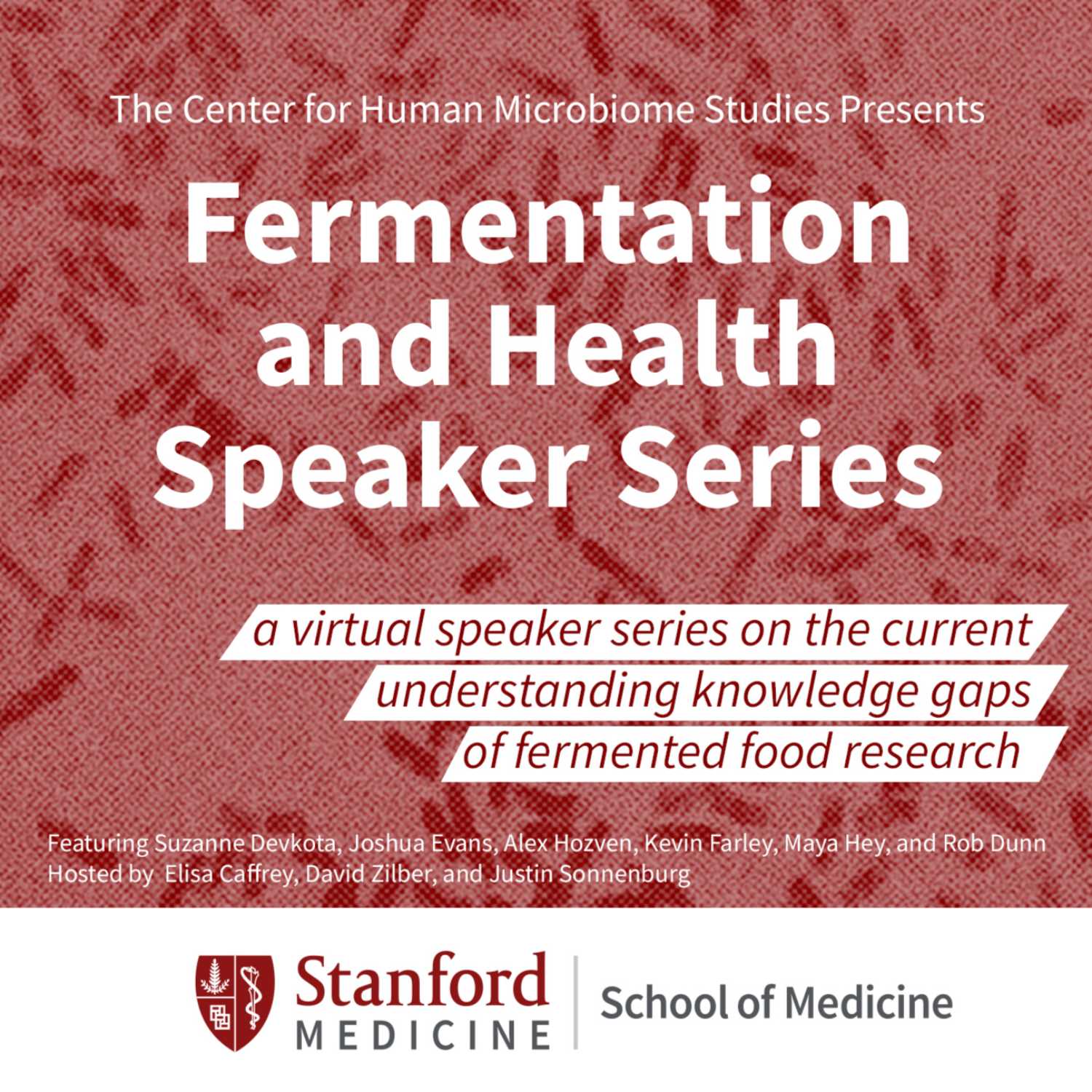Exploring microbial metagenomes: A conversation with Paul Cotter
Description
One way to characterize fermented foods is based on where the fermentation microbes come from: either spontaneously acquired from the environment (also known as wild fermentation), from a previous ferment (back-slopping), or from a commercial starter community. But how do we identify which microbes are involved in this process in the first place?
Paul Cotter, an Adjunct Professor at University College Cork and Head of Food Biosciences, as well as a Senior Principal Research Officer at Teagasc Food Research Centre, has spent his career addressing this question through tool development, collaborating with a global team of scientists, and exploring the diversity of the fermented food landscape.
Join our conversation on mapping fermented food metagenomes, personalized fermented foods, and lab kefir.
More Episodes
We spoke with Dr. Aviaja Hauptmann, an Associate Professor in the Institute of Health & Nature and Head of the Department of SILA (Scientific and Indigenous Teachings on Life in the Arctic). Her work explores the interaction between microbiology, diet, and the environment, focusing on Inuit...
Published 07/30/24
Published 07/30/24
Lactic acid bacteria (LAB) play a central role in many fermented foods, including sourdough, kimchi, pickles, olives, zha cai, kefir, ogi, and cheese, among others. These microbes produce lactic acid, which acidifies the fermented food, making it both safe and tasty. Specific LAB strains have...
Published 07/06/24


